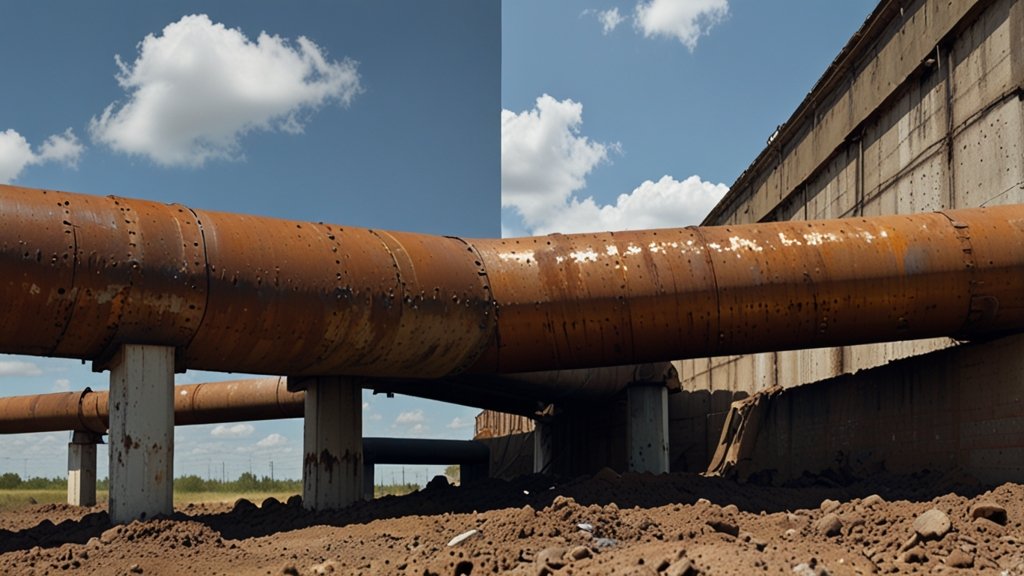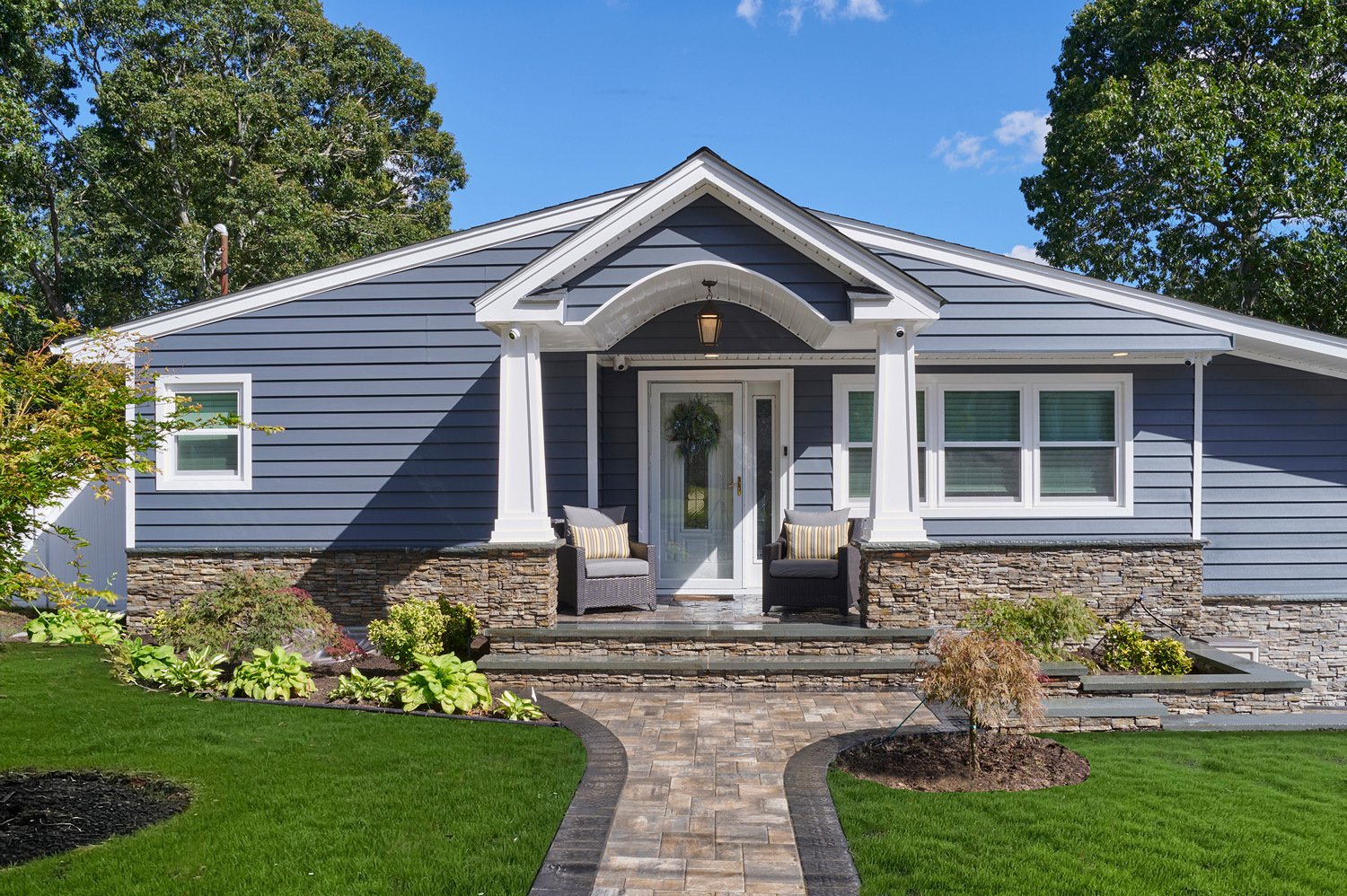Roof assembly is a vital component of construction, demanding meticulous attention to detail and the use of high-quality materials to guarantee durability and safety. Among these materials, roofing screws are essential elements that every builder must thoroughly comprehend. This blog post will delve into the crucial role of roofing screws in roof assembly and highlight other important considerations for builders.
Understanding the Role of Roofing Screws
Roofing screws are essential for fastening materials like shingles, tiles, and metal panels securely to a structure. They play a crucial role in forming a tight seal to guard against the elements and maintain the roof’s structural integrity. Choosing the appropriate roofing screws depends on several factors, including the type of roofing material, environmental conditions, and the roof’s architectural design.
Selecting the Right Roofing Screws
Choosing the appropriate roofing screws is essential for the success of a roof assembly project:
- Material Compatibility: Ensure the screws are suitable for the type of roofing material being used. For instance, specialized screws are available for metal roofing that may not be appropriate for shingle roofs.
- Corrosion Resistance: Opt for screws that are coated or made from materials that resist corrosion, especially in areas with high humidity or coastal environments.
- Length and Diameter: The length and diameter of the screws should be chosen to adequately penetrate and secure the roofing material without damaging it.
Installation Techniques for Effective Roof Assembly
Proper installation of roofing screws is critical to the longevity and effectiveness of the roof:
- Use of Proper Tools: Utilizing the correct tools, such as a reliable power drill with adjustable torque settings, helps ensure that screws are installed at the right depth without stripping or damaging the material.
- Weather Considerations: Installing roofing screws during dry conditions can prevent moisture entrapment, which might lead to corrosion or weakening of the roof structure.
- Regular Pattern: Distribute the screws in a uniform pattern that aligns with the structural supports of the roof to maximize stability and load distribution.
Additional Components of Roof Assembly
While roofing screws are vital, other components must also be considered in roof assembly:
- Underlayment: This water-resistant or waterproof barrier is laid directly onto the roof deck, providing an additional layer of protection from severe weather.
- Flashing: These thin pieces of impervious material are installed to prevent the passage of water into a structure from a joint or as part of weather-resistant barriers.
- Insulation: Proper insulation is crucial for maintaining indoor temperature and reducing energy costs. It must be compatible with the roofing materials and properly installed to be effective.
Maintenance and Upkeep
Regular maintenance extends the life of the roof and ensures that it continues to perform optimally:
- Inspection: Conduct routine inspections to check for loose or missing roofing screws, signs of rust, and other potential issues.
- Replacement: Replace any faulty screws immediately to maintain the integrity of the roof.
- Professional Assessment: Occasionally, it is beneficial to have a professional assess the roof to ensure that all components are functioning as intended.
Conclusion
Roof assembly goes beyond merely covering a building; it requires a comprehensive understanding of materials such as roofing screws, shingles, underlayment, and flashing, along with techniques that ensure safety, durability, and efficiency. Each component is vital in shielding the structure from weather elements like rain, wind, and snow. By emphasizing quality materials and correct installation practices, builders can greatly extend the lifespan and performance of roofing systems, preventing problems like leaks and structural damage. Moreover, taking into account factors such as climate, roof slope, and aesthetic preferences can further refine the design and functionality of a roof, ensuring it not only meets the building’s requirements but also surpasses expectations in durability and energy efficiency.










